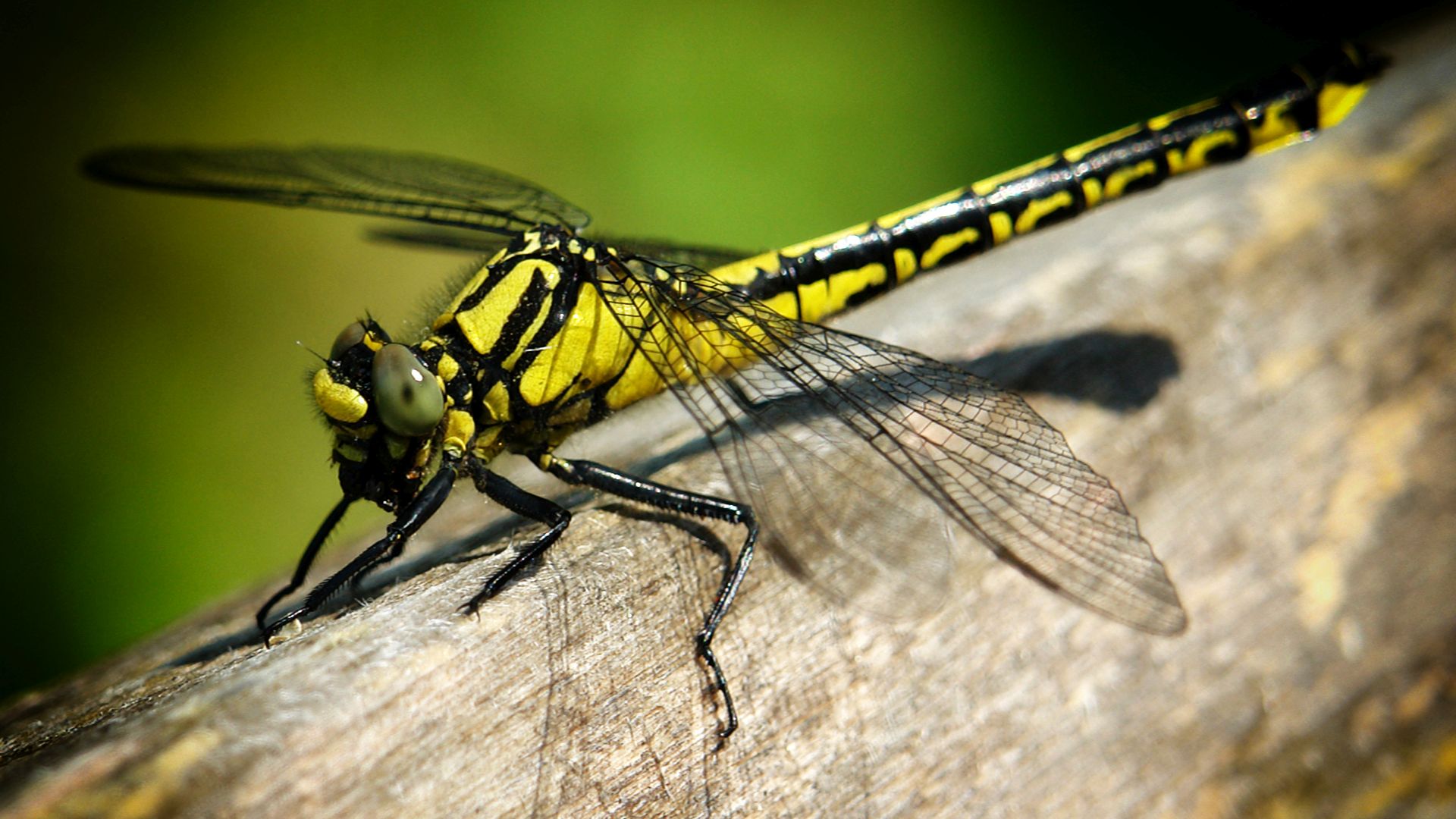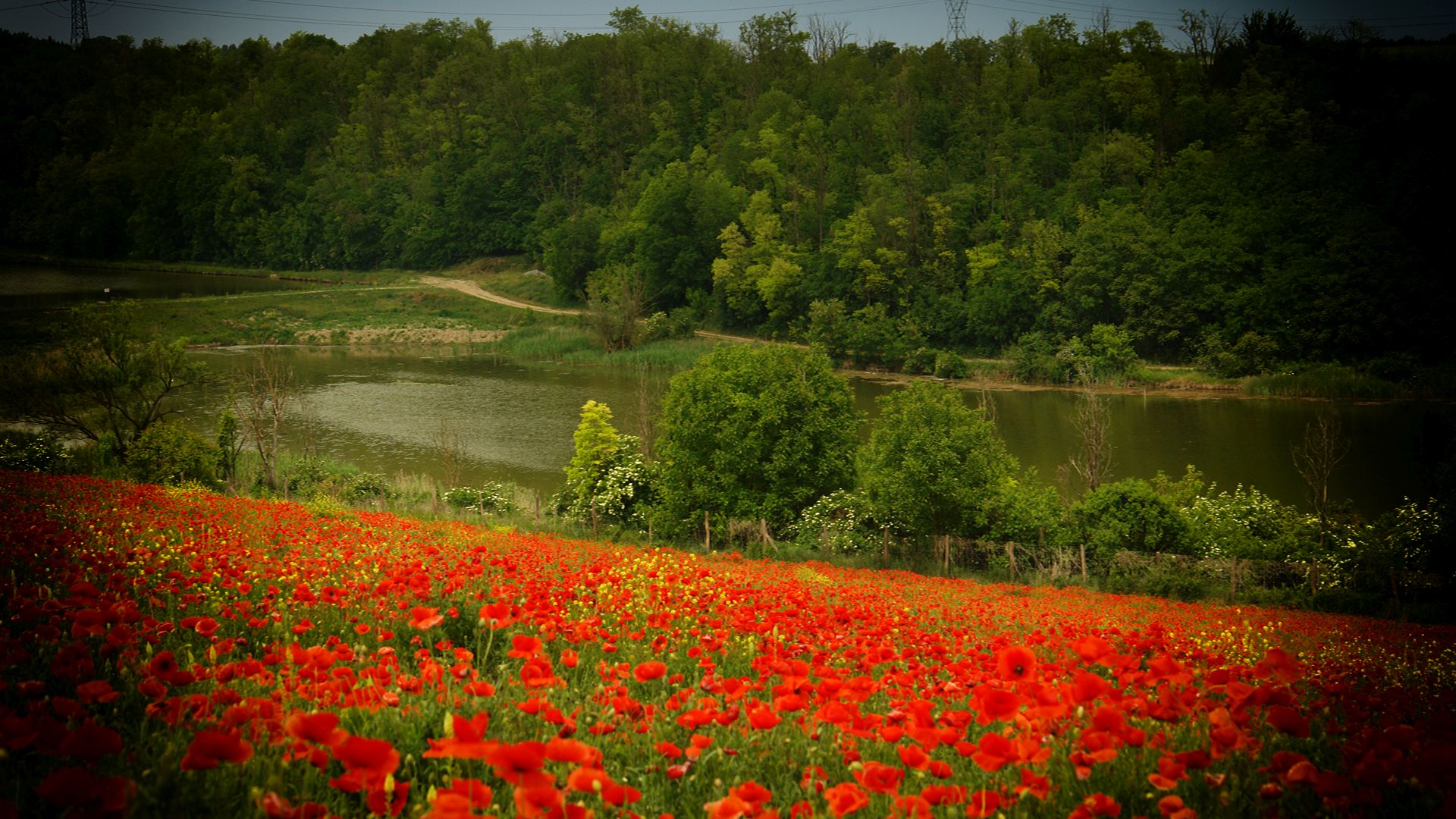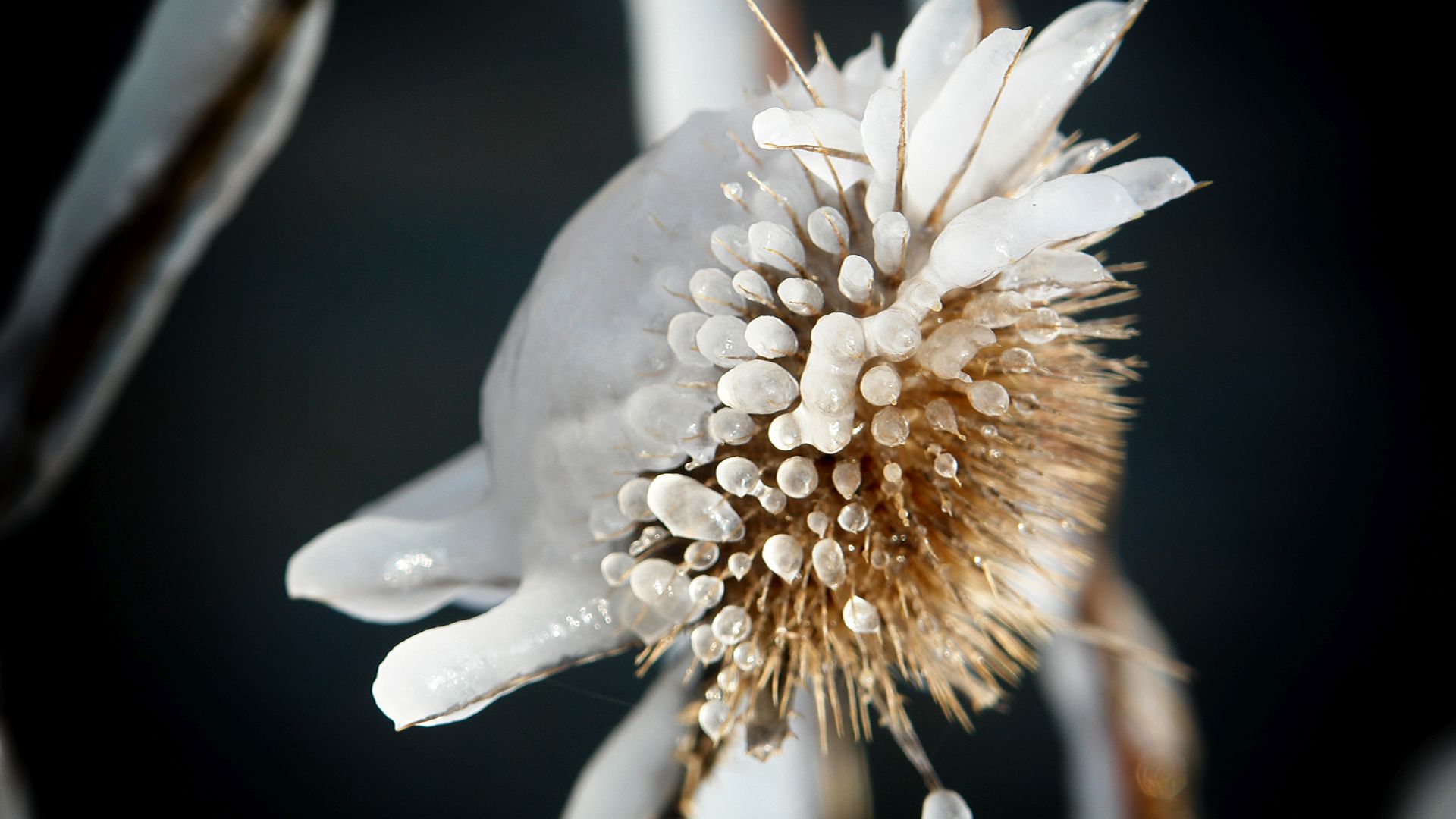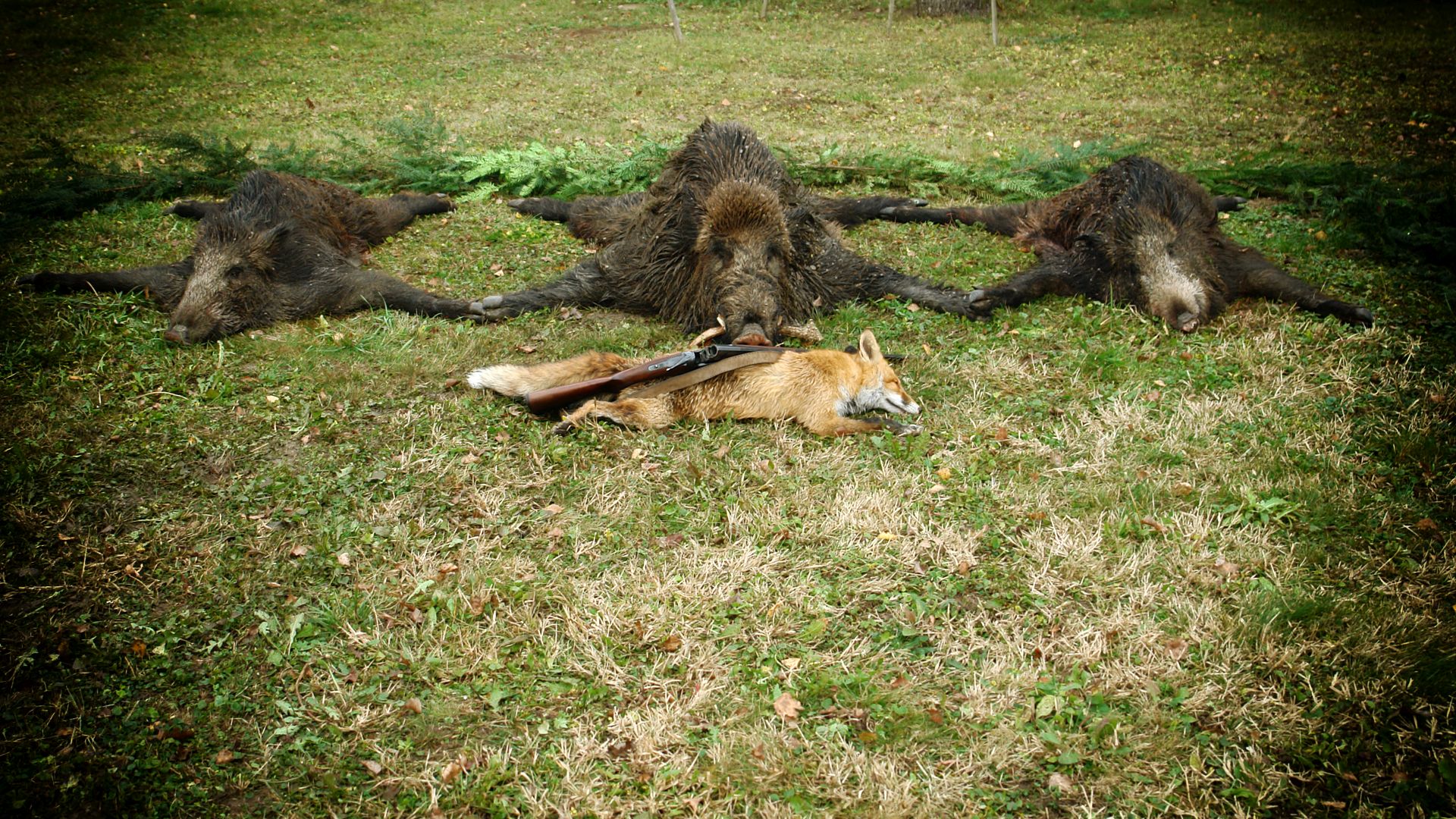 Silure is the largest raptor fish of Hungarian waters. The large flat head continues in a short trunk and very long tail. Silure is present in most of our lakes and large rivers. Anglers are especially fond of it, being a hard challenge and a most appreciated trophy.
Silure is the largest raptor fish of Hungarian waters. The large flat head continues in a short trunk and very long tail. Silure is present in most of our lakes and large rivers. Anglers are especially fond of it, being a hard challenge and a most appreciated trophy.
It is also most welcome in larger fisheries, because it feeds on valueless small fishes (so-called "weeds"), and is a valuable tasty product on the market. During daytime mostly rests in deep, sludgy water. Usual feeding time is by night, daytime feeding occurs mostly during the spawning season of the usual prey fish species.
Silure is especially active in its own spawning season. Groups of two-three fishes search for appropriate spawning spots (under submerged roots of tree, sedge), which then are thoroughly cleaned by wagging tails. Spawning occurs in May-June, once water temperature has reached 20°C.
The nest is watched by the male, chasing away all enemies and refreshing the water by tail-wagging. Larvae hatch after 3 - 7 days, and feed on own yolk for another week. Young fish start feeding on zooplankton, but soon switch over to mosquito larvae, and start predatory behaviour at a body length of 4 -5 cm. Adult silure feed mainly on small fish, but catch on anything available (corpses, water fowl, small mammals, batrachians).



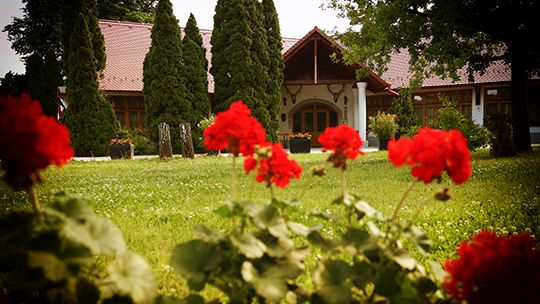

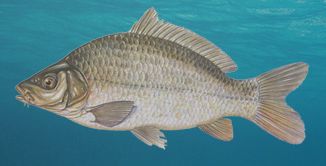


















 Carp: this species makes the decisive majority of commercialized fish in Hungary, being also a beloved prey for anglers. Adaptation and breeding resulted in a large diversity of forms within the species, of which most frequently encountered are the following ones:
Scaled carp is the common, most ancient original form, of long slender shape, overall covered with scales. Breeding in fisheries resulted in more robust body, also completely scaled.
Mirror carp is a nobler variety, scaled only on specific spots, like the backbone and tail area, and the area just behind the branchiae.
Koi carp was bred as ornamental fish; body forms and colour shades are largely variable.
Carp: this species makes the decisive majority of commercialized fish in Hungary, being also a beloved prey for anglers. Adaptation and breeding resulted in a large diversity of forms within the species, of which most frequently encountered are the following ones:
Scaled carp is the common, most ancient original form, of long slender shape, overall covered with scales. Breeding in fisheries resulted in more robust body, also completely scaled.
Mirror carp is a nobler variety, scaled only on specific spots, like the backbone and tail area, and the area just behind the branchiae.
Koi carp was bred as ornamental fish; body forms and colour shades are largely variable. Amur-fish (Ctenopharyngodon idella) is a strong-muscled, torpedo-like herbivorous fish, endemic in the large Chinese rivers (Yangtze, Amur, Yellow River).
It was naturalised in Hungary in 1963, and has very well adapted itself to the local environment, including lakes and lagoons.
Young fish start feeding on zooplanktons, gradually switching over to submerged plants. Young fish 5 - 6 cm long already feed predominantly on plants, whereas 2 - 3 years old ones already attack young sprouts of reed and sedge. Preferred plants are consumed first, therefore shore cleaning is at the beginning not spectacular. Due to ecological problems caused by intensive plant consumption, stocking of natural waters is now forbidden.
Amur-fish (Ctenopharyngodon idella) is a strong-muscled, torpedo-like herbivorous fish, endemic in the large Chinese rivers (Yangtze, Amur, Yellow River).
It was naturalised in Hungary in 1963, and has very well adapted itself to the local environment, including lakes and lagoons.
Young fish start feeding on zooplanktons, gradually switching over to submerged plants. Young fish 5 - 6 cm long already feed predominantly on plants, whereas 2 - 3 years old ones already attack young sprouts of reed and sedge. Preferred plants are consumed first, therefore shore cleaning is at the beginning not spectacular. Due to ecological problems caused by intensive plant consumption, stocking of natural waters is now forbidden. Pike-perch is well known and beloved raptor fish in Hungarian waters. The long body is covered by small scales, the mouth is equipped with sharp-tipped, conic teeth, of which a pair of upper and lower teeth are longer than the others (canines). The large mouth ends behind the line of the eyes.
Pike-perch populates both lakes and rivers, with a preference for harder, sludge-less water.
Pike-perch is well known and beloved raptor fish in Hungarian waters. The long body is covered by small scales, the mouth is equipped with sharp-tipped, conic teeth, of which a pair of upper and lower teeth are longer than the others (canines). The large mouth ends behind the line of the eyes.
Pike-perch populates both lakes and rivers, with a preference for harder, sludge-less water. Pike is the best known endemic raptor fish in Hungarian waters. The slender body bears a rather large head, characteristically curved upward. The mouth contains several rows of backward directed teeth. Skin colours vary from silvery-golden to metal-blue or greenish. Typically lives in lakes, hidden in vegetation-covered zones near the shore. Pike is a daytime hunter, and never follows the prey, if the first attack has failed. Feeding is nearly continuous, pauses only for the spawning season and the periods of teeth change. The dimensions of the sexes are largely different, spawners growing significantly larger than milters. Spawning occurs in groups, on large surfaces, early, usually by end of February, after de-icing.
Pike is the best known endemic raptor fish in Hungarian waters. The slender body bears a rather large head, characteristically curved upward. The mouth contains several rows of backward directed teeth. Skin colours vary from silvery-golden to metal-blue or greenish. Typically lives in lakes, hidden in vegetation-covered zones near the shore. Pike is a daytime hunter, and never follows the prey, if the first attack has failed. Feeding is nearly continuous, pauses only for the spawning season and the periods of teeth change. The dimensions of the sexes are largely different, spawners growing significantly larger than milters. Spawning occurs in groups, on large surfaces, early, usually by end of February, after de-icing. Silure is the largest raptor fish of Hungarian waters. The large flat head continues in a short trunk and very long tail. Silure is present in most of our lakes and large rivers. Anglers are especially fond of it, being a hard challenge and a most appreciated trophy.
Silure is the largest raptor fish of Hungarian waters. The large flat head continues in a short trunk and very long tail. Silure is present in most of our lakes and large rivers. Anglers are especially fond of it, being a hard challenge and a most appreciated trophy. 

